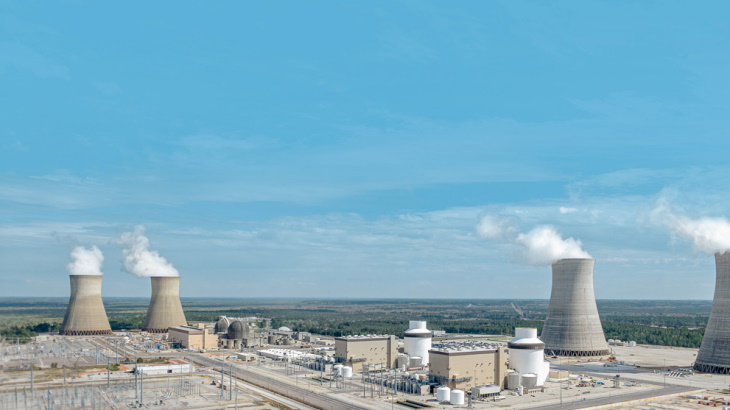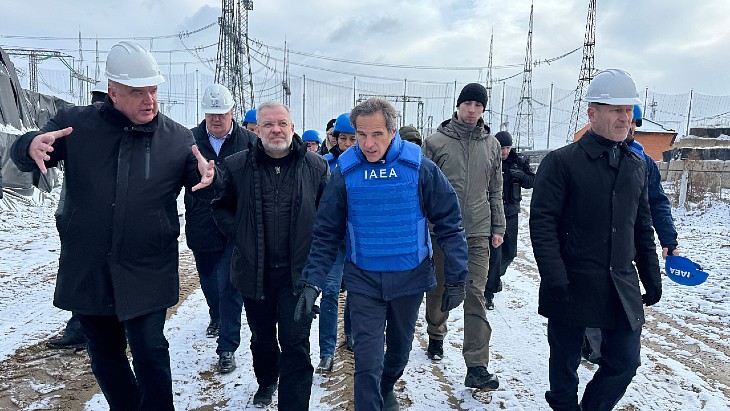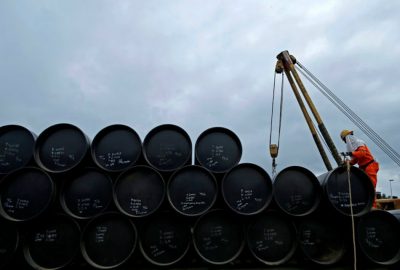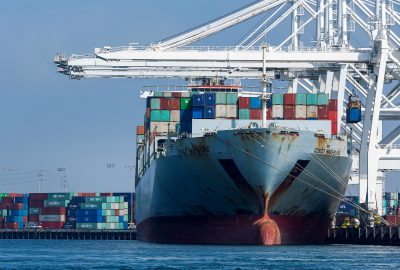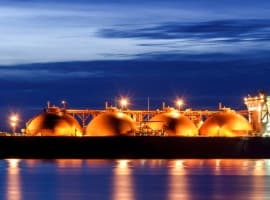Tuesday, 4 February 2025
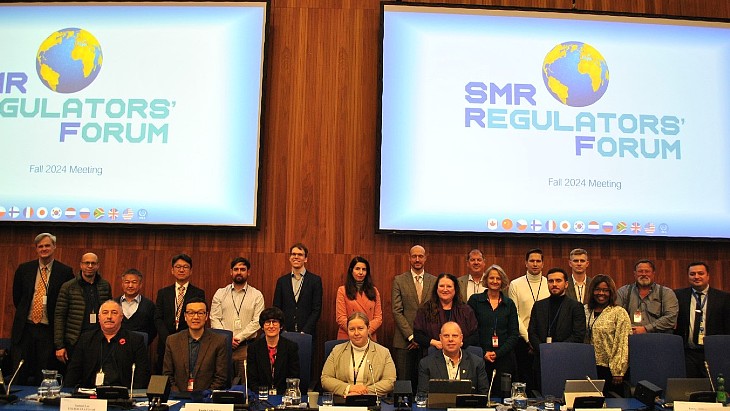
How did it start?
The SMR Regulators’ Forum was created in 2014 as an independent first-of-a-kind international regulator-to-regulator forum. It was established to address key issues in small modular reactor (SMR) regulation identified by its members, who work together to develop consensus-based common positions on challenging regulatory and technical issues specific to SMR deployment. Facilitated by the International Atomic Energy Agency, the Forum brings together experienced regulatory bodies from SMR technology-holder countries and countries that have firm plans to license SMRs.
The Forum started with seven members – from Canada, China, Finland, France, South Korea, Russia and the USA. Since then, it has grown to 12, with the addition of the Czech Republic, Japan, the Netherlands, South Africa and the UK. The Forum also has three permanent observers: the European Commission, the Nuclear Energy Agency of the Organisation for Economic Cooperation and Development (OECD NEA), and the Cooperation in Reactor Design Evaluation and Licensing Working Group (CORDEL) of the World Nuclear Association.
What is its work?
Karel Künzel, a Steering Committee Member from the Czech Republic, says “it is the experiences of the participating regulatory bodies and the fact that they have been discussing SMR-related matters for a long time, well before these became widely appreciated” that sets the Forum apart from other entities working on SMRs.
In recent years, the Forum’s working groups have been focusing on SMR-related topics including licensing issues, design and safety analysis, and manufacturing, construction, commissioning and operation issues and it has produced and covering a wide range of topics, from emergency planning zones, graded approach and defence-in-depth to the integration of safety, security and safeguards into SMR designs, and the implications of long-lead procurement for SMRs, among many others.
The Forum has supported the IAEA’s Nuclear Harmonization and Standardization Initiative (NHSI) by leading the NHSI Regulatory Track working group responsible for developing approaches for collaborative reviews between regulatory bodies and effective leveraging of already completed regulatory reviews.
What impact has it had?
Anna Hajduk Bradford, Director of the IAEA Division of Nuclear Installation Safety, says “the recommendations regarding the need for revising the existing, or developing new, publications on safety and security of SMRs contained in the Forum’s reports are consistently used by the IAEA to inform its programme of work”.
To promote its key outcomes and contribute to regulatory capacity-building, the Forum has been implementing regional educational workshops since 2021. These events have benefited more than 50 embarking countries and those expanding their nuclear programmes.
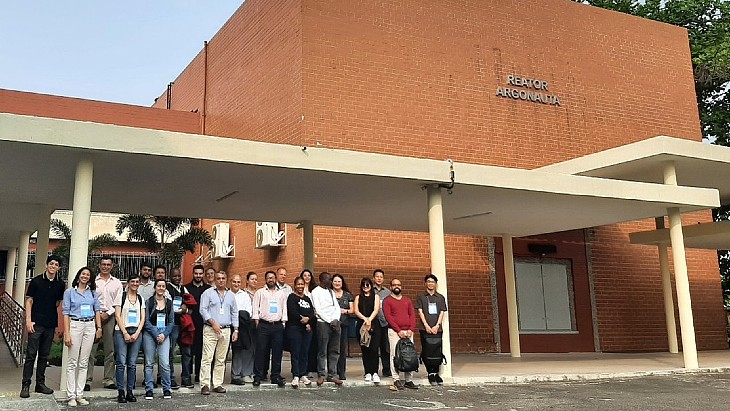
(Image: SMR RF Secretariat)
Alessandro Facure, Director of Radioprotection and Nuclear Safety of the Brazilian National Nuclear Energy Commission (CNEN), said the Forum workshops were a “unique opportunity for experienced regulatory bodies and those from embarking countries to consider challenges and explore solutions related to the oversight of SMRs” and “contribute to building regulatory confidence, harmonising approaches, and supporting the safe, efficient, and timely deployment of SMR technologies worldwide”.
What about the future?
The Forum has started its second decade of work aiming to facilitate the growing number of global SMR projects, including continued partnership with the IAEA NHSI on the development of a Regulatory Cooperation Toolkit and the Forum’s overview of, and contribution to, the Pilot School for Regulating SMRs, also supported by the IAEA’s Regulatory Cooperation Forum.
As the number of SMR projects has expanded globally, and the role of the SMR Regulators’ Forum has grown, increased cooperation among the Forum’s members, but also with its Permanent Observers, has become especially important. The message from the CORDEL programme at World Nuclear Association is that the industry “has really appreciated the opportunity to observe the activities of the SMR RF over the last 10 years and provide input and feedback on activities and reports to ensure the view of industry is incorporated. We look forward to continuing and enhancing this cooperation to support to support wide, safe and secure, deployment of SMRs”.
The SMR Regulators’ Forum working groups are currently focusing on topics which include: manufacturing in the absence of a licensee; mechanistic source term; and approaches to deal with regulatory equivalence and leveraging regulatory reviews.
The Forum’s new chairman, Samuel Lee, from the US Nuclear Regulatory Commission, was a member of the Licensing Issues Working Group in the Forum’s early days. He said: “In its first decade, the Forum has made remarkable progress with respect to developing common positions in all its areas of work, from licensing, to design safety analysis and manufacturing construction, commissioning and operation, as well as contributing to the international effort of harmonising SMR-related regulatory requirements as part of the IAEA NHSI. I strongly believe that in the next decade the Forum will continue to grow in terms of its membership and significance, with its work benefitting the regulatory bodies and other stakeholders worldwide.”


